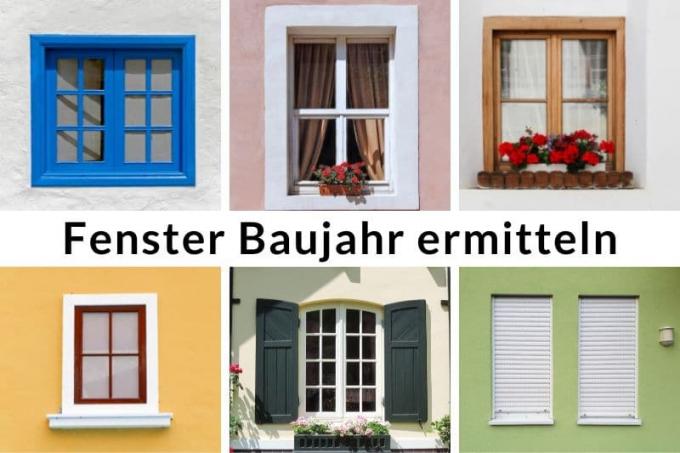
Typical window features help to determine the age and to read the year of construction. Modern windows are tight and thermally insulating. Since you can save on heating costs with this, it is good to know how old your own windows are.
In a nutshell
- Age determination by type designation on the frame
- Window epochs with typical features
- Lighter test to determine glazing and thermal insulation
Table of Contents
- window epochs
- identifying characteristics
- Pre-1978 windows
- Before 1978 to 1995
- From 1978
- From 1995
- From 2003
- frequently asked Questions
window epochs
Although the term "epoch" is better known in relation to buildings and the visual and performing arts, epochs are also spoken of when it comes to windows. However, these are much shorter and the classification does not go back centuries. Nevertheless, window epochs can be roughly classified as follows:
| window epoch | Chronological order |
|---|---|
| Single glazed windows | until 1978 |
| Composite window as casement window | from 1978 |
| box window | until 1978 |
| Insulating glass window (two panes connected to each other) | from 1978 to 1995 |
| Double pane window (thermal insulation glass) | 1995 to 2008 |
| Triple pane window (thermal insulation glass) | from the year 2003 |
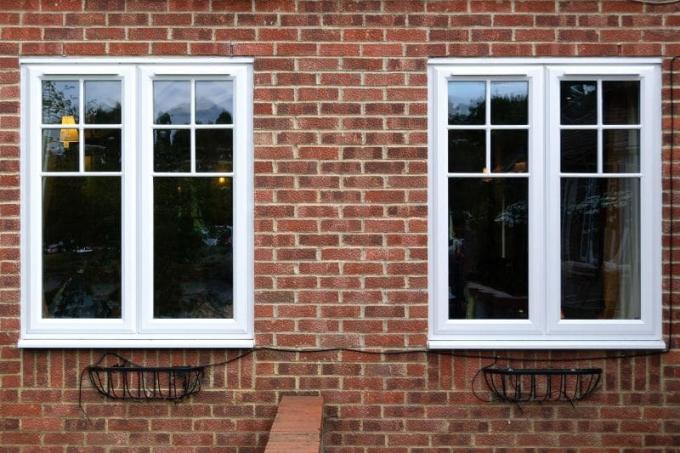
A notice: The completion of the house does not necessarily have to coincide with the year of construction of the windows. Because they may have been exchanged.
identifying characteristics
Of course, the easiest way to determine the age of windows is to find an adhesive label or metal sign on the window (frame). The year of manufacture and type designation are noted on this. However, this help is usually no longer available or no longer legible. Therefore, the only option left is often to determine age based on typical characteristics:
- depth of the frame
- Frame material: wood, plastic, metal etc.
- Glazing: single, double or triple
Another indication is the coating of the window panes. You can determine this with the so-called lighter test:
- Hold the flame directly in front of the pane(s).
- with coating: reflection of the lighter or candle flame in different colors
Tip: Seeing the flame double or triple indicates that the window is double/triple glazed.
window ofbefore 1978
single glazing
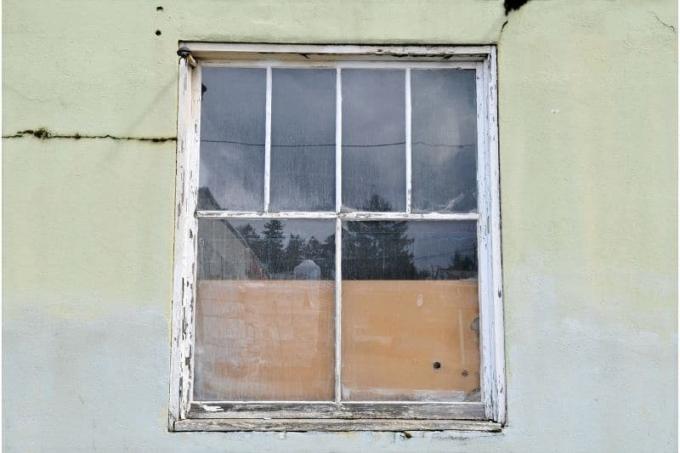
- Frame depth: 50 to 60 millimeters
- putty fold
- Glass thickness: three to five millimeters
- with wooden and metal frames often with rung division
- with plastic frames: visible drainage holes
Before 1978 to 1995
composite windows
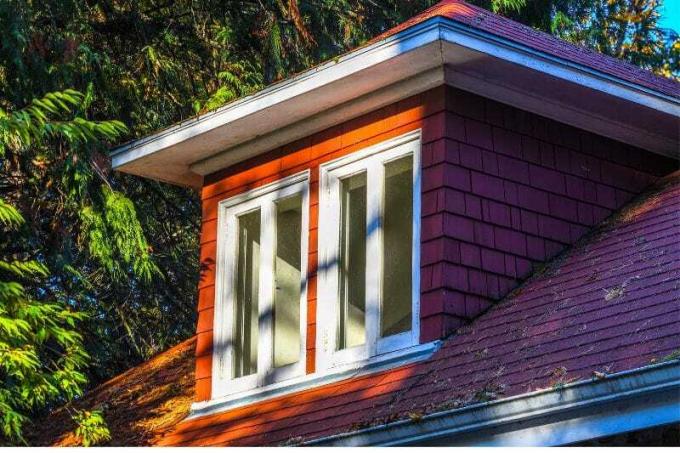
- Frame depth: 50 to 60 millimeters
- Casement frame (two window parts that can be opened)
- putty fold
- two single panes
- Glass thickness: three to five millimeters
- Space between panes: > 25 millimeters
Box window wood, plastic
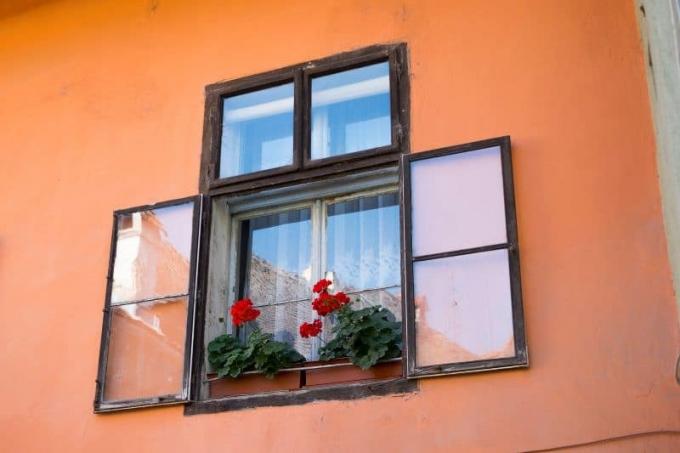
- two connected windows
- Construction depth per window: approx. 50 millimeters
- Distance between the windows: about 10 to 15 centimeters
- putty fold
- Glass thickness: three to five millimeters
- Space between panes: > 10 centimetres
From 1978
Insulating glass window wood
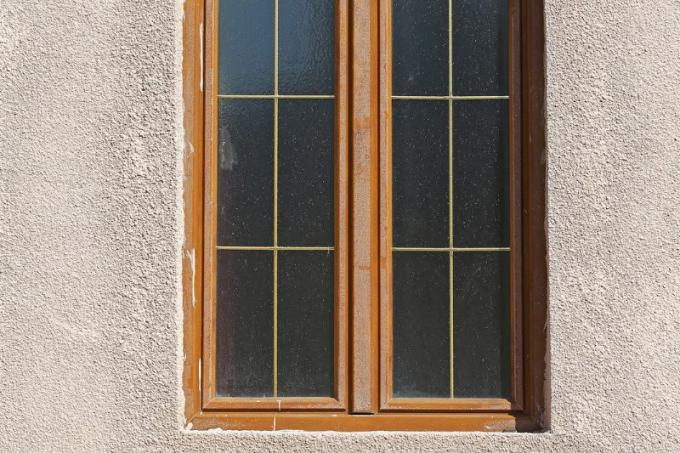
- Window years of construction: from 1978 to 1995 (later rare)
- Frame depth: 58 to 68 millimeters
- Insulating glass unit: firmly connected, without thermal insulation layer
- Glass thickness: 4 millimeters per pane
- Disc distance: 12 to 16 millimeters
Insulating glass window plastic, metal
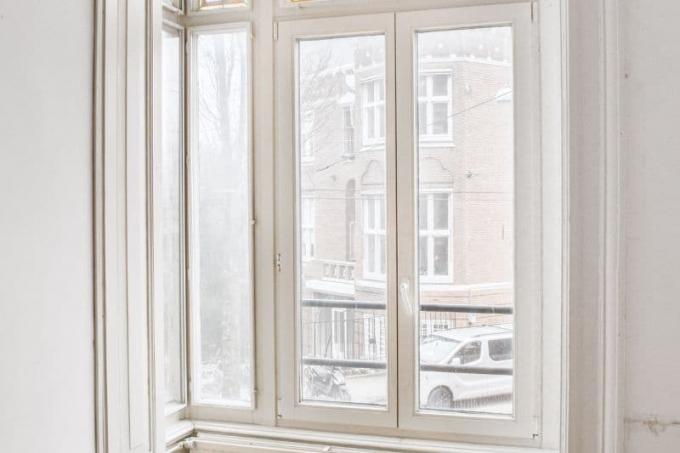
- Window years of construction: from 1975 to 1985 (later rare)
- Frame depth: approx. 50 millimeters
- Insulating glass unit: firmly connected, without thermal insulation layer
- Glass thickness: 4 millimeters per pane
- Disc distance: 12 to 16 millimeters
- Drainage holes visible
From 1995
window made of plastic with insulating glass and thermal insulation

- Window years of construction: from 1995
- Frame depth: approx. 60 millimeters
- Insulating glass unit: firmly connected, with thermal insulation layer
- Glass thickness: 4 millimeters per pane
- Disc distance: 16 millimeters
Insulating glass windows (metal) with thermal insulation

- Window years of construction: from 1995
- Frame depth: 70 millimeters and more
- Insulating glass unit: firmly connected, with thermal insulation layer
- Glass thickness: 4 millimeters per pane
- Disc distance: 16 millimeters
- Plastic bar as thermal separation (black if not colored coated)
Insulating glass window (wood) with metal shell

- Window years of construction: from 1995
- Frame depth: 58 to 68 millimeters
- with aluminum or metal outer shell
- Insulating glass unit: firmly connected, with thermal insulation layer
- Glass thickness: 4 millimeters per pane
- Disc distance: 16 millimeters
From 2003
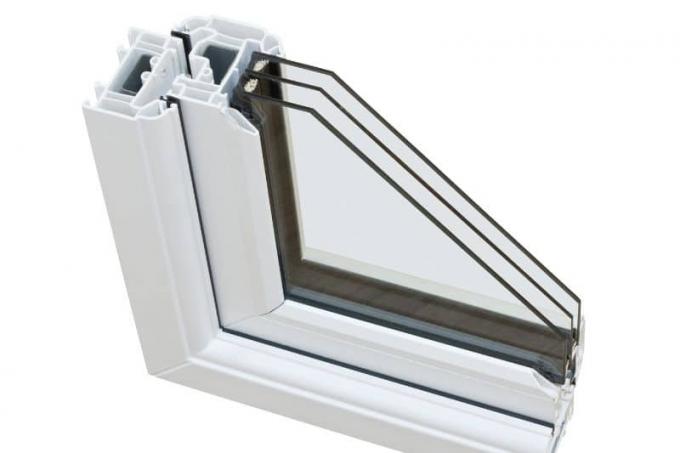
- three panes of thermal insulation glass (triple glazing)
- two coated surfaces
- Spaces between panes: filled with inert gas
- sealed wall finish
- Frame: one or more circumferential sealing levels
frequently asked Questions
Good thermal insulation properties can only be found in windows with double thermal insulation glass. These were installed around 1980. You are on the safe side with old windows that have been installed since 2003.
In this case, the windows are leaking, i.e. defective and should be replaced. This mainly applies to windows with standard insulating glass, which were used until around 1995.
That is possible. However, since the window replacement is subject to the provisions of monument protection, you should contact a specialist.
